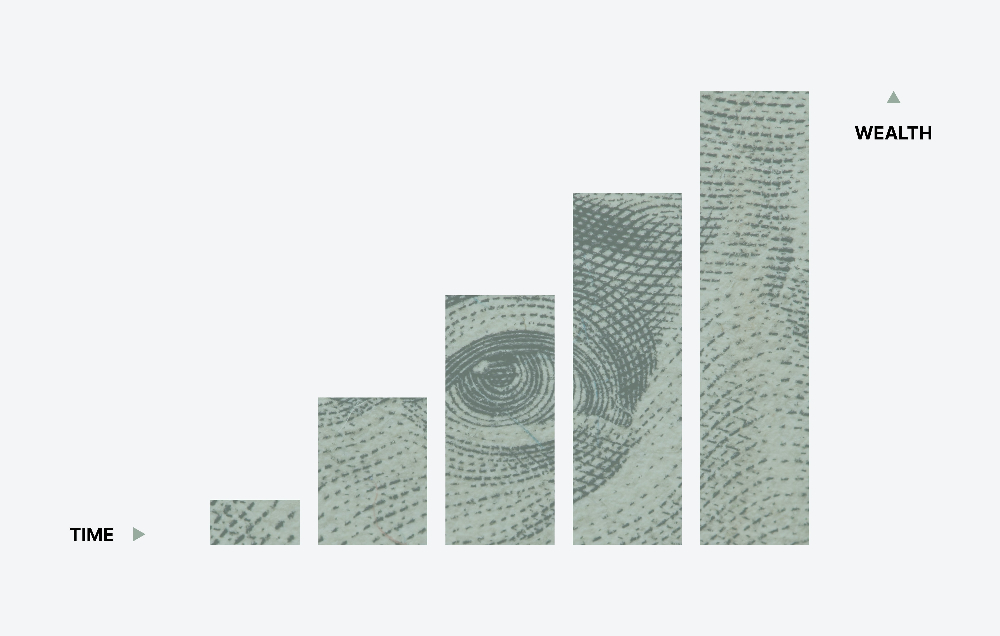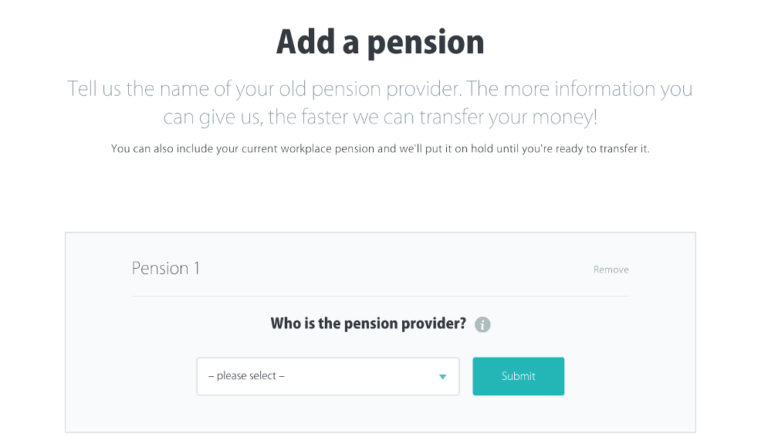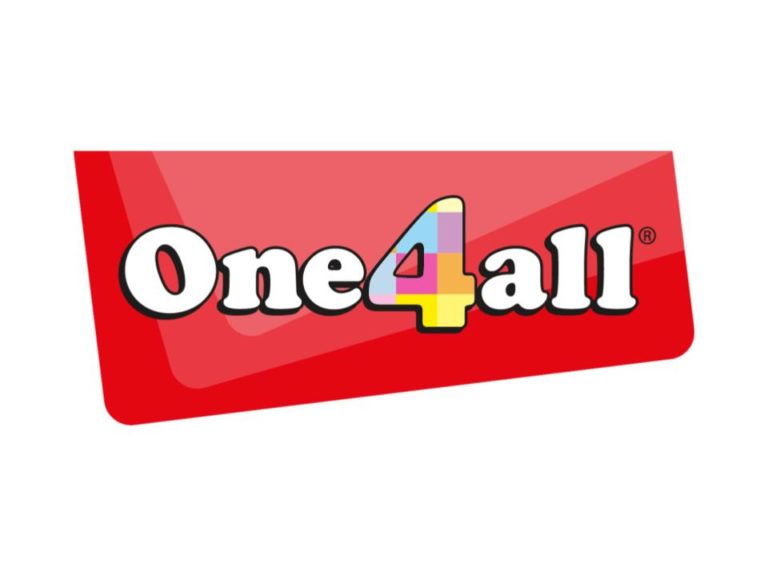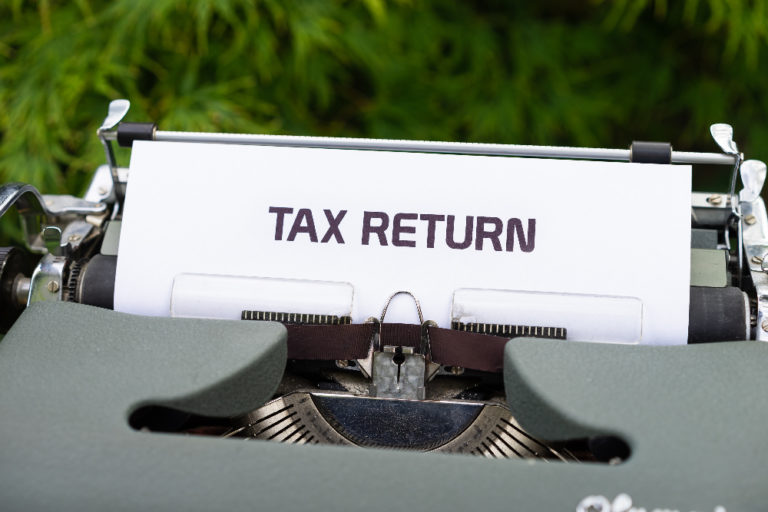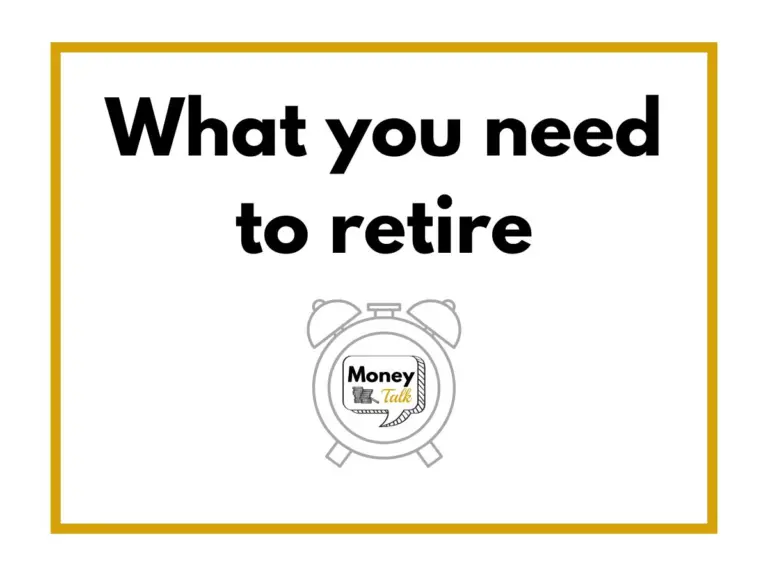How much can you pay into your pension each year?
Money Talk is intended to inform and educate; it's not financial advice. Affiliate links, including from Amazon, are used to help fund the site. If you make a purchase via a link marked with an *, Money Talk might receive a commission at no cost to you. Find out more here.
One of the great reasons for paying into a pension is the tax benefits.
You get tax relief at your marginal rate, which is 20% for basic rate taxpayers, 40% for higher rate taxpayers and 45% for additional taxpayers.
It means that when you pay into your pension, the government tops it up, effectively giving you free money – although you do get taxed when you come to withdraw that money at retirement.
Paying into a pension also has the benefit of extending your income tax allowance, increasing the amount you can earn at each income bracket before you need to pay the next level of tax.
But while there’s a limit on how much you can pay into your pension each year, there is a rule that can extend your pension allowance.
The £60,000 pension limit
Each year, you’re allowed to pay your entire salary into your pension – this is currently capped at £60,000.
So if you make £60,000 a year, you can put the whole thing in. Anything above this would be subject to tax.
If you’re normally a high earner, maxing out your pension is well worth it from a tax saving perspective.
But if your income fluctuates from year to year – and you don’t benefit from being a limited company – the pension carry forward rule could come in handy.
How does pension carry forward work?
“Pension carry forward allows you to utilise your pension annual allowance from previous tax years,” says Joel Stevens-Leach, a financial adviser from Dane Valley Financial Services.
“It allows you to exceed the annual allowance without incurring a tax charge, but it is subject to you having sufficient earnings in the current tax year”
For example, if you made £80,000 this year, you could put £60,000 of that into a pension.
And if you only made £20,000 last year and didn’t use your pension allowance at all, you could use both years’ allowances and contribute the entire £80,000 to reduce your tax bill.
However, you can only use your allowance from the previous three years, and you must already have a pension in place from the years you want to utilise.
“You would just deposit the money into your pension account as you would normally,” says Stevens-Leach. “You don’t need to make a note of which you are using.”
He added: “Your allowance from the current tax year is used first, and then any carry forward uses previous years’ allowance, starting with the oldest tax year.”
When might pension carry forward be useful?
“The pension carry forward rule can be particularly useful for savers whose income changes from year to year, such as those who are self-employed,” according to Romi Savova, CEO of PensionBee.
“It is also the most tax-efficient way for savers to pay a lump sum into their pension, should they come into some money such as a bonus or inheritance.”
Do you still get tax relief at the same rate?
Yes, tax relief still applies.
“Tax relief on pension contributions is at your own highest rate,” says Stevens-Leach.
So the aforementioned 20% for basic rate taxpayers, 40% for higher rate taxpayers and 45% for additional taxpayers.
Do the rules change if you’re a higher or additional rate taxpayer?
“The amount of annual allowance savers can carry forward depends on how much they’ve used in the previous three tax years,” says Savova.
Crucially, these allowances include the total value of the contributions you make to your own pension, any employer contributions, and the tax relief you’ve already received from HMRC.
So before you start maxing out the allowance from previous years, it’s worth double checking – and consulting an accountant – on how much you can and should put into your pension.
Savova added: “Higher earners should be aware of the tapered annual allowance, which came into force in April 2016, and affects how much pension tax relief they can claim.
“For savers whose adjusted income (their income plus pension contributions) is over £260,000, their annual pension tax relief limit will be reduced.
“The maximum reduction is £50,000 meaning that anyone earning over £360,000 will have their annual allowance capped at £10,000.”
Are the rules different for self employed workers vs employees?
“The pension carry forward rules are the same for self employed and employed workers,” says Savova.
“However, self employed savers should remember that to receive tax relief on their relevant earnings, their income needs to be the equivalent to or more than the total contributions to their pension scheme(s) in the tax year that they’re made in.”
She added: “Savers who are considering making larger contributions that may be more than their earnings may want to consider spreading their contributions over two or more tax years.
“This will help maximise the amount of tax relief they can receive, while also helping to ensure that they don’t end up with an annual allowance tax charge for exceeding the limit.”
Again, if this is you, you may want to consult a qualified accountant who will be able to advise on your specific situation.
Is there anything to watch out for?
“Ensure you have sufficient relevant earnings to make the carry forward payment,” Stevens-Leach suggests.
“Even if you think you have available carry forward, if you don’t have sufficient earnings then any additional payment would be subject to a tax charge.”
This post was originally published in June 2022. It was updated in July 2024.
Pin this for later


